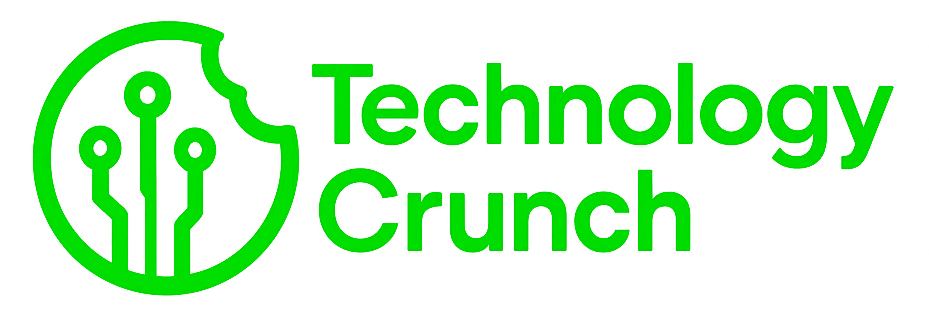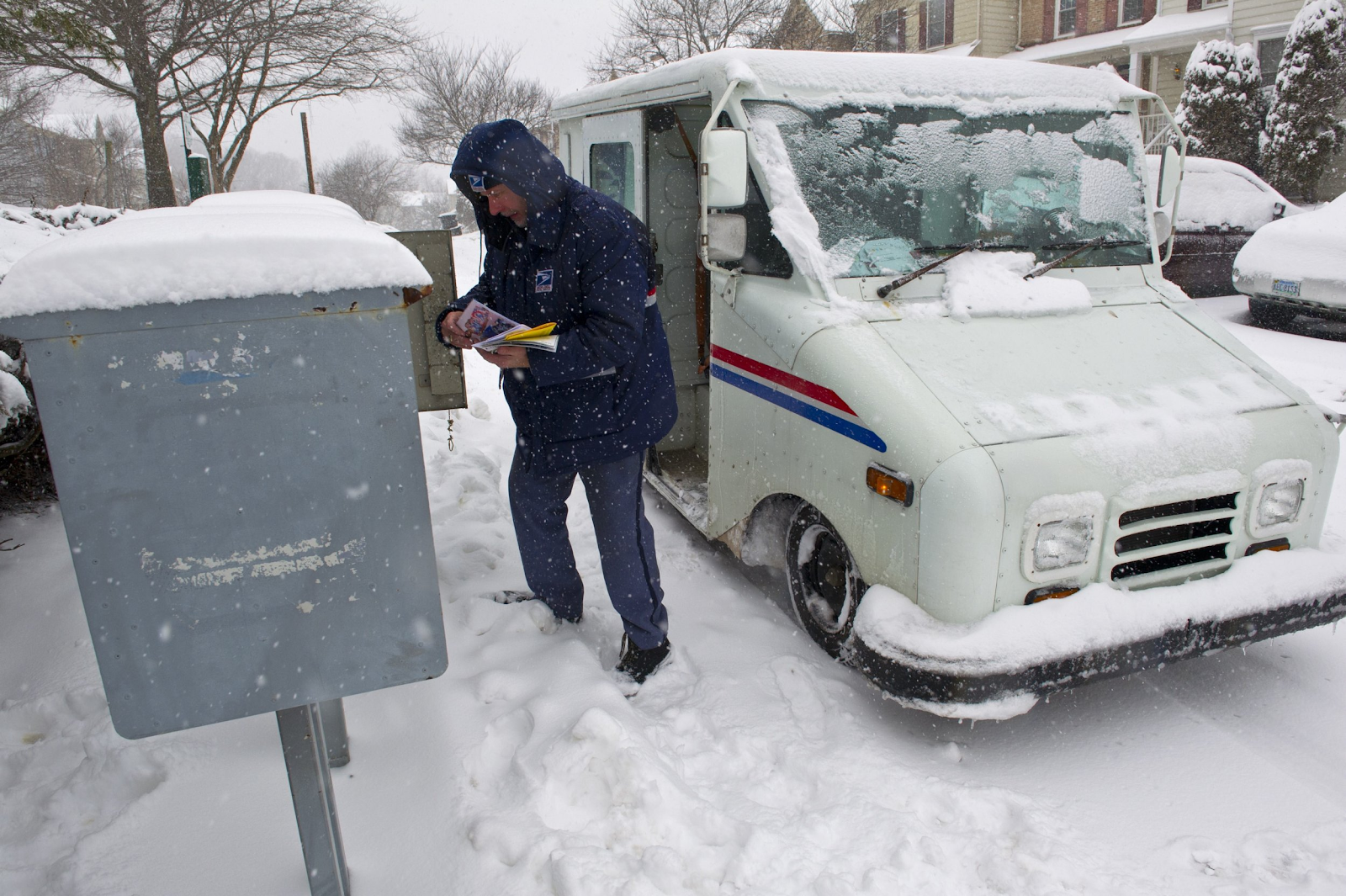In the midst of an ever-changing digital landscape, the traditional concept of mail delivery continues to spark curiosity and nostalgia among many. The evolution of communication has transformed the way we interact, yet every day brings with it a subtle question rooted in routine and memory. Modern society, with its instantaneous messaging and rapid-fire emails, has not completely erased the sentimental anticipation associated with receiving a tangible letter. This article delves into the historical evolution, current challenges, and future possibilities of postal services and the question is there mail today, while reflecting on the enduring cultural significance that underlies our daily habits.
A Glimpse into the Past
The postal system has a rich history that spans centuries, reflecting the growth of civilizations and the advancement of communication technologies. In earlier times, when news traveled slowly and letters were the primary means of keeping in touch, communities would gather in front of their doorsteps with anticipation. Every envelope held a personal message, a slice of life, or crucial information from afar. Over the decades, the art of letter writing and the excitement of checking one’s mailbox became an integral part of daily life.
In many households, the question Is there Mail today became a quiet morning ritual. Families grew up with the suspense of discovering whether a letter had arrived, turning each day into a small celebration of connection and hope. This tradition not only fostered strong familial bonds but also reinforced the idea that communication, no matter how simple, was an essential thread weaving the fabric of community life.
The historical evolution of mail delivery is intertwined with significant milestones—advancements in transportation, improvements in logistics, and the birth of national postal services. Each of these developments brought efficiency and reliability to mail delivery, yet also introduced new challenges and adaptations. Despite these changes, the core emotional resonance of waiting for news through the post remained unchanged, symbolizing a blend of tradition and progress.
The Digital Revolution and Its Impact
The advent of digital communication in the late 20th century brought unprecedented convenience to everyday life. Emails, instant messaging, and social media platforms rapidly supplanted many of the traditional methods of correspondence. While these innovations have streamlined communication and allowed for real-time interaction, they have also sparked a sense of loss for those who cherished the personal touch of handwritten letters and physical mail.
Amid this digital transformation, many continue to find solace in the simple act of checking their mailboxes. For a significant number of people, the daily inquiry Is there Mail today reflects a deep-seated connection to a past era—a reminder of simpler times when waiting for a letter was an experience filled with genuine emotion and anticipation.
In today’s world, the digital revolution has not rendered traditional mail obsolete; rather, it has redefined its role. While instant digital communication serves the purpose of speed, physical mail carries a unique weight—a tangible proof of thoughtfulness and effort. This sentiment resonates particularly during special occasions, when a handwritten note or a beautifully designed invitation can evoke emotions that no digital message ever could.
Contemporary Challenges Facing Postal Services
The modern postal service operates in a complex environment influenced by economic pressures, logistical challenges, and evolving consumer expectations. Weather disruptions, transportation bottlenecks, and the need for heightened security measures can all affect the punctuality and reliability of mail delivery. These factors contribute to occasional delays that remind us why many continue to value the consistency of postal services despite the rapid pace of modern life.
In urban areas as well as remote locations, individuals often pause to reflect on the state of their communication channels. Early in the day, a familiar thought may arise: Is there Mail today This simple question encapsulates both the uncertainty and the optimism that accompanies every new day. For postal workers, overcoming these obstacles is not just a matter of logistics—it is a commitment to preserving a vital link in our social and cultural networks.
Moreover, budgetary constraints and evolving regulatory landscapes pose additional challenges for traditional postal systems. These institutions are continuously striving to balance cost efficiency with quality service. Amid such pressures, the inquiry Is there Mail today gains new layers of meaning, highlighting the delicate interplay between modern challenges and enduring traditions.
Innovations Paving the Way Forward
To meet the demands of a modern society, postal services around the globe are embracing innovation. From automated sorting systems to advanced tracking technologies, the incorporation of digital tools has significantly enhanced the efficiency of mail delivery. These innovations not only reduce the likelihood of error but also provide customers with real-time updates regarding the status of their deliveries.
One notable trend is the integration of mobile applications and digital interfaces with traditional postal services. Consumers can now track packages, schedule deliveries, and even receive notifications about delivery statuses directly on their smartphones. This convergence of digital and physical services is designed to reassure users and answer the lingering question that many ask each morning: Is there Mail today By combining the reliability of traditional methods with modern technology, postal systems are redefining their roles and ensuring that the anticipation of receiving mail remains a cherished part of everyday life.
Furthermore, efforts to enhance environmental sustainability and reduce the carbon footprint of mail delivery have led to the adoption of greener practices. Electric vehicles, optimized delivery routes, and eco-friendly packaging are just a few examples of how postal services are adapting to modern ecological concerns. These changes aim to build a future where efficiency and sustainability coexist, while still preserving the human touch that makes receiving physical mail a uniquely personal experience.
The Enduring Cultural Significance
Beyond the operational aspects of postal services lies a deeper cultural significance. The act of sending and receiving mail has long been imbued with emotion, symbolizing connection, care, and personal attention. Even in a digital era where communication is often instantaneous and impersonal, the physicality of mail carries a sense of gravitas that cannot be replicated by virtual messages.
For many, the ritual of checking the mailbox holds a symbolic weight that goes far beyond the material content of the letters. It represents hope, continuity, and the belief that someone, somewhere, took the time to reach out. The question Is there Mail today serves as a gentle reminder that amidst the rapid flow of modern information, there remains a space for deliberate, thoughtful communication.
Cultural narratives, literature, and even popular media have frequently celebrated the art of letter writing. Stories of love, loss, and reunion often revolve around the exchange of heartfelt messages, highlighting the enduring appeal of physical correspondence. In these contexts, Is there Mail today resonates as a timeless inquiry—a bridge connecting the past with the present, and a testament to the unchanging human need for connection.
In communities both large and small, the anticipation associated with receiving mail is celebrated in local traditions and personal routines. Whether it is the excitement of a holiday card, the reassurance of a daily letter, or the joy of an unexpected note, the presence of mail continues to be a powerful symbol of human connection and care.
Reflecting on the Future of Communication
As we navigate the complexities of modern communication, it is important to recognize that the evolution of mail delivery is not merely a tale of technological progress. It is a story of adaptation, resilience, and the enduring power of human connection. While digital platforms may dominate the landscape, the emotional and cultural significance of physical mail remains as strong as ever.
Across the globe, postal services are undergoing transformative changes, integrating modern technologies while preserving the traditions that have defined them for generations. This balance of innovation and tradition invites us to ponder a seemingly simple, yet profound question: Is there Mail today For many, this inquiry represents a daily affirmation of continuity and hope—a small ritual that connects us with our past while guiding us toward the future.
Looking ahead, both traditional mail and digital communication will continue to coexist. Each offers its own unique advantages, and together, they enrich the tapestry of human interaction. Whether it is the tactile experience of holding a letter or the immediacy of an electronic message, the essence of communication remains rooted in the desire to connect, share, and express.
The inquiry Is there Mail today is not just a logistical question—it is an invitation to reflect on how far we have come and the ways in which we continue to honor the timeless values of connection and community. As society evolves, so too do the methods by which we stay in touch, yet the underlying emotions and traditions remain steadfast.
Conclusion
In the final analysis, the evolution of mail delivery is a fascinating journey that spans centuries and bridges the gap between the past and the present. From the cherished routines of waiting for a letter to the sophisticated tracking systems of today, the landscape of communication has undergone profound changes. Yet, at the heart of these developments lies a simple, enduring question that encapsulates our collective longing for connection: Is there Mail today
This inquiry, woven into the fabric of daily life, reflects both the challenges and the triumphs of modern communication. It is a question that continues to inspire postal workers, innovators, and community members alike, symbolizing the ongoing commitment to reliability, personal touch, and the preservation of cultural heritage. As we move forward in an era defined by rapid technological change, the question Is there Mail today remains a quiet, steadfast reminder that some traditions are worth preserving.
Ultimately, when the day begins, the age-old inquiry remains: Is there Mail today encapsulating both hope and the promise of connection.

